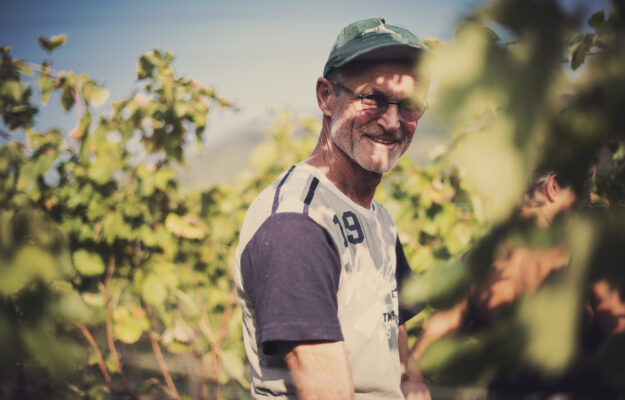That too much wine is being produced than consumed in recent years is a fact, as is climate change, with its increasingly impactful effects, including on vines. And if there is a growing conviction among those in the industry that in the years of the growth of the wine business, perhaps, vines have been planted even in territories with little vocation, all studies related to climate change, but also to wine market projections, suggest that the size of the Italian vineyard, sooner or later will begin to contract. And “it is the vocated areas that can best withstand climate change. Increasingly extreme weather phenomena do not help vine growers to work in serenity, and that is precisely why we will have to get used to dealing with these situations intelligently and with the knowledge that such extremes have less negative impact in historical areas for viticulture, where the adaptation of native vines is more rooted. On the contrary, “imported” vine cultivation in less suitable areas is suffering more”. Thoughts of Angiolino Maule, longtime winemaker and winegrower with La Biancara winery in Montebello Vicentino, and president VinNatur (Natural Winegrowers Association).
“Winemakers and the different appellations should begin to adapt to this new normality”, Maule explains, “this situation implies significant challenges, but also opportunities, which require deep reasoning and a renewed approach by producers. However, we need to distinguish realities such as Sicily, where we are witnessing an unprecedented drought, or Alsace, where it is now allowed to plant Chenin Blanc and Vermentino in the appellation, and regions such as Veneto where there are now too many vineyards in the plains and fewer and fewer in the hills”.
Adaptability, intelligence and continuous training are the keys to best deal with increasingly frequent emergency situations. Maule’s reflection, stems from the fact that, drawing an overview of the different situations along the Peninsula, they appear very different. “In the North-West, the rainfall of the spring months - amounting to 1,500 millimeters, twice the average - has put associated vintners to the test, with substantial losses due to downy mildew, while in the Center-South, high temperatures and drought are heavily affecting the grape harvest that has already begun. At the quality level, we will have to wait for the end of fermentations, while average yields are generally in the normal range”.
The VinNatur Association, for several years, has been supporting member winegrowers with ongoing support through conferences, training courses dedicated to production and vineyard management techniques, and collaborations with agronomists and entomologists who work to awaken the vineyard and restore optimal balance. These include active monitoring of the biodiversity of the vineyard ecosystem, including observation of soil health, together with Vitenova Vine Wellness, a Friuli-based agronomic consulting firm. “Doing natural viticulture does not mean relying on witchcraft”, Maule continued, “but, on the contrary, using science and all the knowledge we have to work our vines in the best possible way, raising their healthiness and consequently their resistance to stressful situations, thus avoiding the use of chemicals”. Indeed, vineyard monitoring, VinNatur explains, highlighted the major repercussions of the previous vintage, 2023, precisely on soil biodiversity. “Increased compaction due to frequent rains and numerous tractor passes contributed to general asphyxiation and a consequent decrease in microbial life. The control and proper management of the soil by the associated winemakers, respecting its balance and ecosystem without technological forcing, were also able to make a difference in this case by ensuring a living and healthy soil”.
Copyright © 2000/2025
Contatti: info@winenews.it
Seguici anche su Twitter: @WineNewsIt
Seguici anche su Facebook: @winenewsit
Questo articolo è tratto dall'archivio di WineNews - Tutti i diritti riservati - Copyright © 2000/2025









































































































































































































